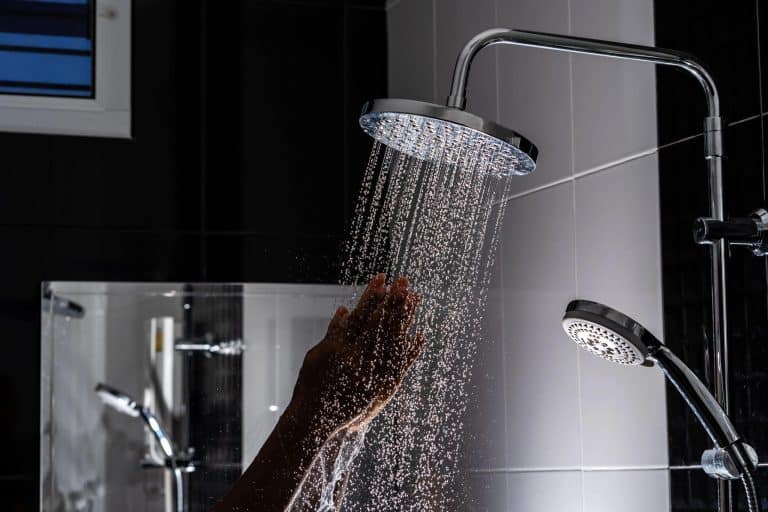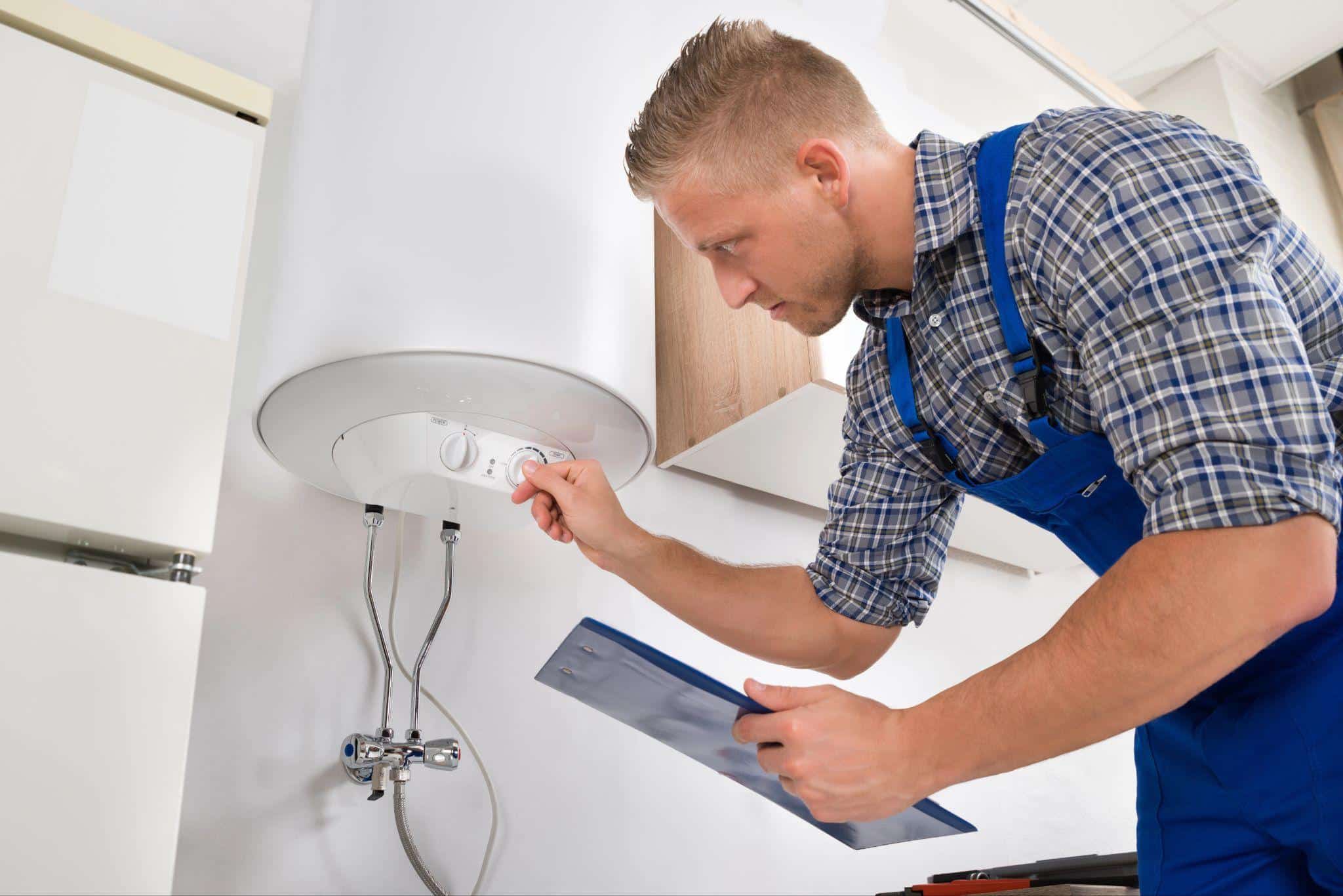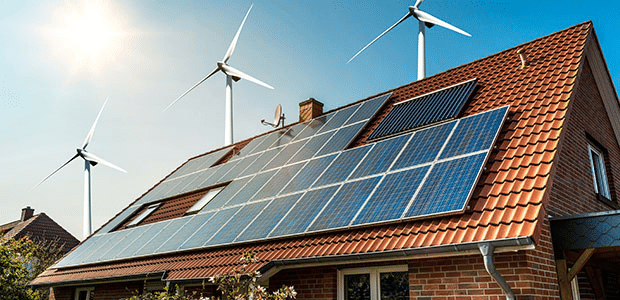Hot water systems are an essential part of modern-day living, providing the comfort of heated water for various household needs—from showering to washing dishes. However, like all home appliances, they come with a substantial investment, and the prospect of replacing one frequently is a costly affair that most would prefer to avoid.
Simple, routine maintenance can ward off this expensive inconvenience by significantly extending the lifespan of your system. The purpose of this article is to offer practical tips for maintaining and prolonging the life of your hot water system, ultimately saving you money and ensuring a consistent supply of hot water.
Regular Maintenance Checks
The foundation of a long-lasting hot water system is regular maintenance checks. Scheduling annual professional inspections is crucial, as qualified technicians can detect potential issues that could lead to costly repairs if left untreated.
These inspections involve evaluating the system’s components, checking for leaks, corrosion, faulty parts, and ensuring that your system operates efficiently and safely.
But what early signs of hot water system issues should one be wary of? It’s vital to identify signs of wear and tear early on to prevent major breakdowns.
Common indicators include fluctuating water temperatures, damp marks on walls or floors near the system, unusual noises, and increased energy bills. Addressing these red flags promptly can save you from sudden failures and extended system downtime.
In between professional services, homeowners can perform DIY checks to keep an eye on their system’s health. Begin by ensuring that the surrounding area is dry and clear of any potential hazards. Listen for any unusual sounds during operation, as they might signify sediment buildup or air in the system.
Regularly inspect all visible pipes for any signs of leaks or corrosion. Also, keeping a log of these checks, along with professional inspections, can be advantageous for warranty claims and may even increase your property’s resale value.
Flushing the Tank
One of the vital maintenance tasks for ensuring an efficient hot water system is flushing the tank. Over time, sediment and mineral deposits accumulate at the bottom of the tank. This buildup can decrease efficiency and lead to shorter system lifespan, as the system works harder to heat the water.
It’s recommended to flush your hot water tank at least once a year, although some manufacturers may suggest doing it more frequently depending on the water quality in your area. So, how does one safely flush the tank? Here’s a step-by-step guide:
1. Turn off the power supply to the water heater (at the circuit breaker if it’s electric, or the gas valve for gas heaters).
2. Allow the water in the tank to cool for several hours.
3. Attach a hose to the tank’s drain valve, ensuring the other end is placed in a suitable drainage area.
4. Open a hot water tap within the house to prevent a vacuum in the pipes.
5. Open the drain valve and allow the water to flow out until it runs clear.
6. Close the drain valve, remove the hose, and refill the tank by turning the water supply back on.
7. Once refilled, reopen the power supply or relight the pilot to restore operation.
Regular tank flushing can improve system efficiency and extend its lifespan, as a clean tank is less prone to developing issues such as overworking or overheating.
Check the Anode Rod
The anode rod is a critical component in preventing corrosion inside your hot water tank; it’s often dubbed the “sacrificial” rod. Made from magnesium, aluminium, or zinc, the anode rod attracts the corrosive elements present in the water, thereby protecting the tank’s metal lining.
To ensure effectiveness, the anode rod should be checked every couple of years and replaced if necessary. Here’s how to determine its condition:
1. Turn off the water heater’s power supply and shutdown the cold water supply valve.
2. Open a hot water tap in the house to relieve pressure in the tank.
3. Using a socket wrench, unscrew and remove the anode rod from the top of the tank.
4. Inspect the rod for signs of wear, such as heavy corrosion or dissolution.
If it appears overly corroded or measures less than half an inch in diameter, it’s time for a replacement. Replacing an anode rod is relatively straightforward. Simply reverse the removal process, ensuring the new rod is secure before restoring the water and power supplies. A functioning anode rod can add years to your system’s life by safeguarding it against rust and degrading materials.
Adjust the Temperature Settings
Adjusting the temperature settings on your hot water system is another practical approach to extend its life. The optimal temperature setting for efficiency and safety is generally between 60-65°C, as this range kills bacteria while minimising scalding risks.
An excessively high temperature setting can increase wear on the system’s components and lead to inflated energy bills. Consequently, lowering it can decrease the stress on the water heater, preserve the elements and save energy costs.
Here’s how to adjust the settings on different types of systems:
1. Electric Heaters: Turn off the power supply, open the thermostat access panels with a screwdriver, and adjust the dial using a small, flat screwdriver.
2. Gas Heaters: Turn the control dial directly on the gas valve.
While adjusting, it’s crucial to consider strategies that maintain comfort without putting additional strain on the system. For instance, insulating pipes can minimise heat loss, ensuring the water remains hot as it travels to various outlets, effectively allowing you to lower the heater’s temperature without compromising comfort.
Insulate the System
Insulating your hot water tank and pipes presents many benefits that contribute to the system’s longevity and efficiency. By preventing heat loss, insulation reduces the amount of energy needed to heat the water, consequently lowering utility bills and minimising wear on the system.
Various insulation materials are available, including fiberglass wrap and foam sleeves. Fiberglass is highly effective for tank insulation, while foam is ideal for pipes due to its flexibility and ease of installation. Here’s a step-by-step guide to insulate your system effectively:
1. For the tank, use a pre-cut insulation blanket or fiberglass wrap, ensuring it fits snugly around the tank but doesn’t obstruct controls or pressure valves.
2. Secure the insulation with tape or straps, while avoiding covering the top of gas heaters to prevent combustive risks.
3. For pipes, measure and cut foam sleeves to fit the length of exposed piping, securing each piece with adhesive strips or tape.
4. Pay close attention to elbows and bends, where heat loss is more significant and extra coverage might be necessary.
Proper insulation can significantly improve energy efficiency, and in turn, extend the lifespan of your system by reducing the load on its components.
Conclusion
To recap, routine maintenance such as regular inspections, flushing the tank, checking the anode rod, adjusting temperature settings, and insulating the system can dramatically extend the lifespan of your hot water system. Implementing these practices not only leads to energy savings and improved system reliability but also helps avoid the inconvenience and expense of unexpected breakdowns.
In the broader picture, proactive care fosters peace of mind and safeguards your finances by stretching the period between necessary replacements. So go ahead—apply these tips today and ensure your hot water system stands the test of time.










